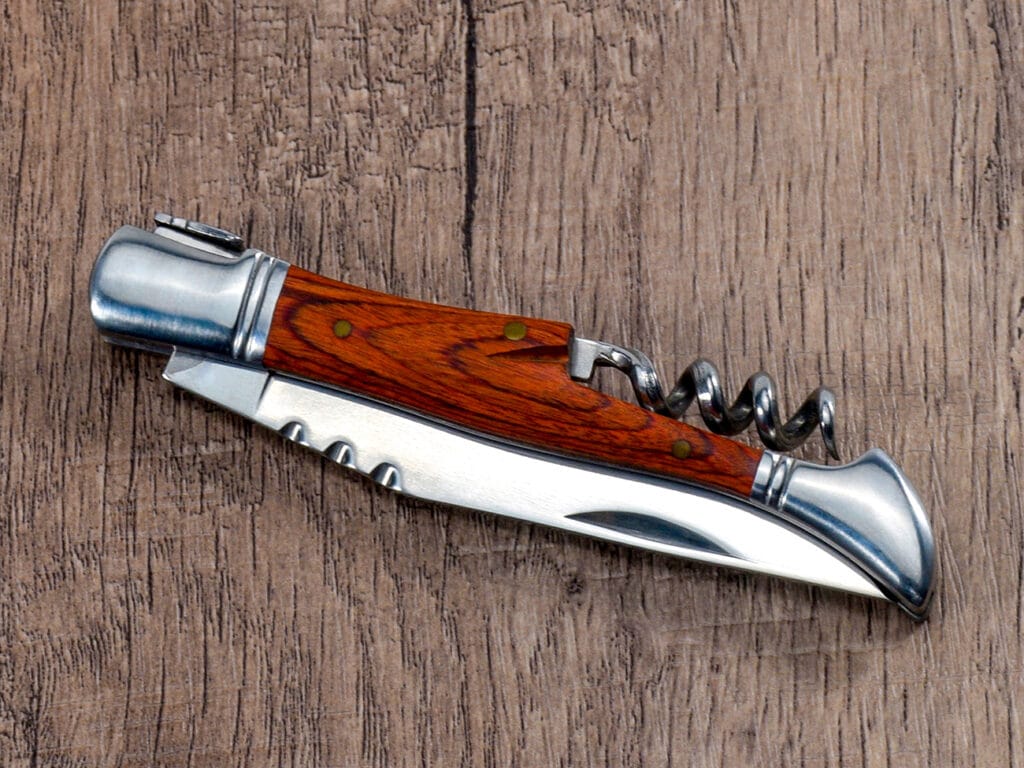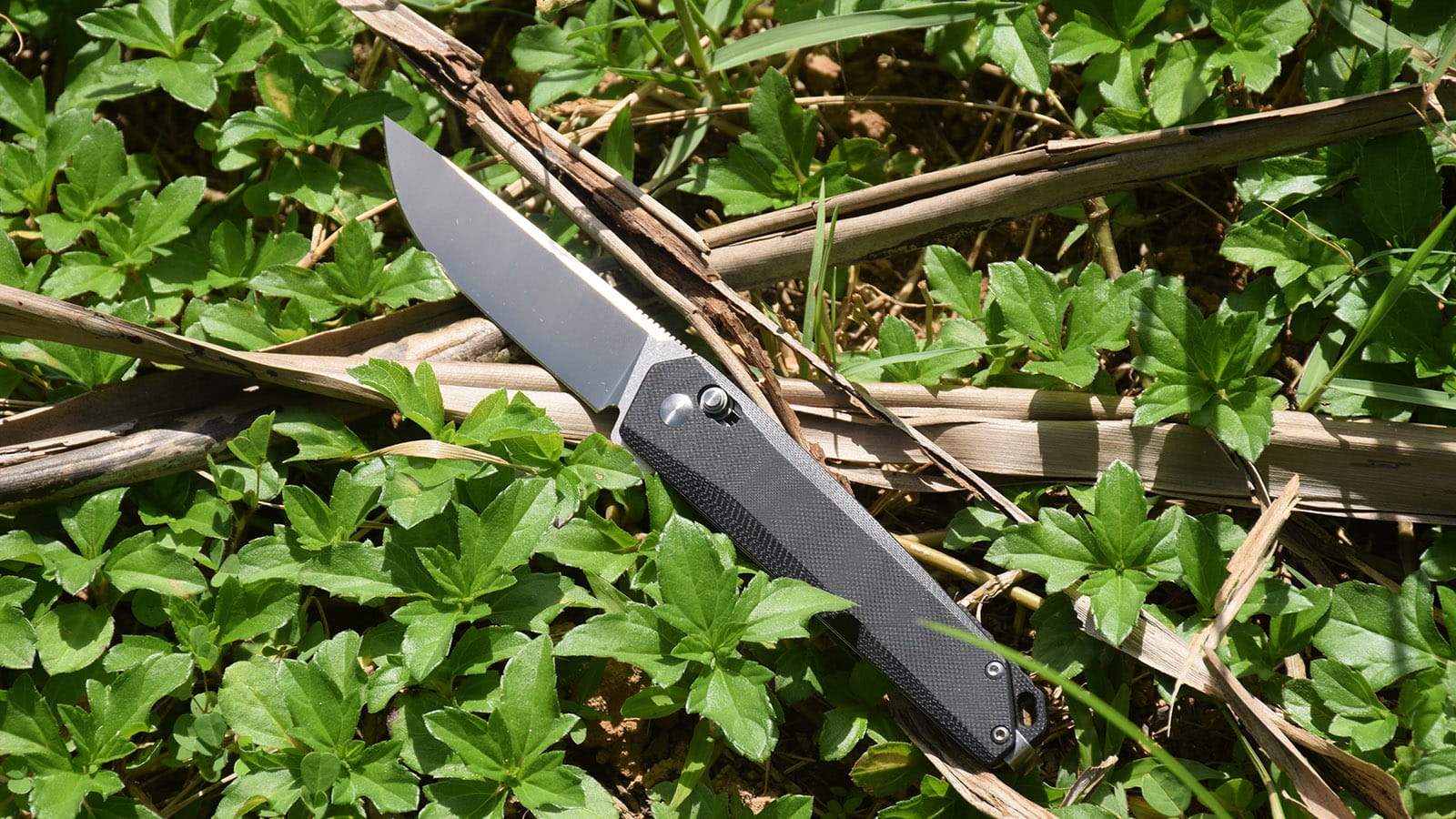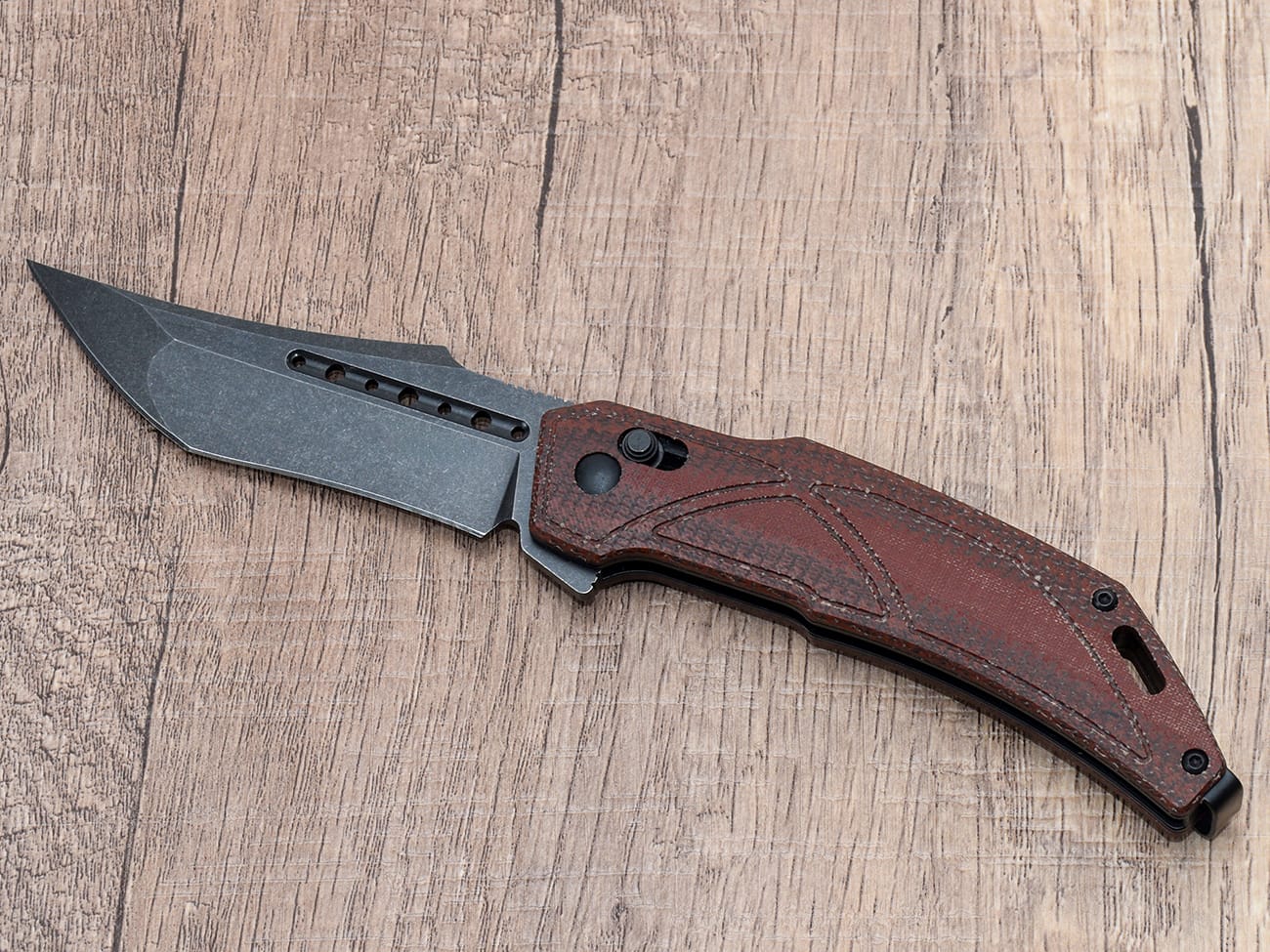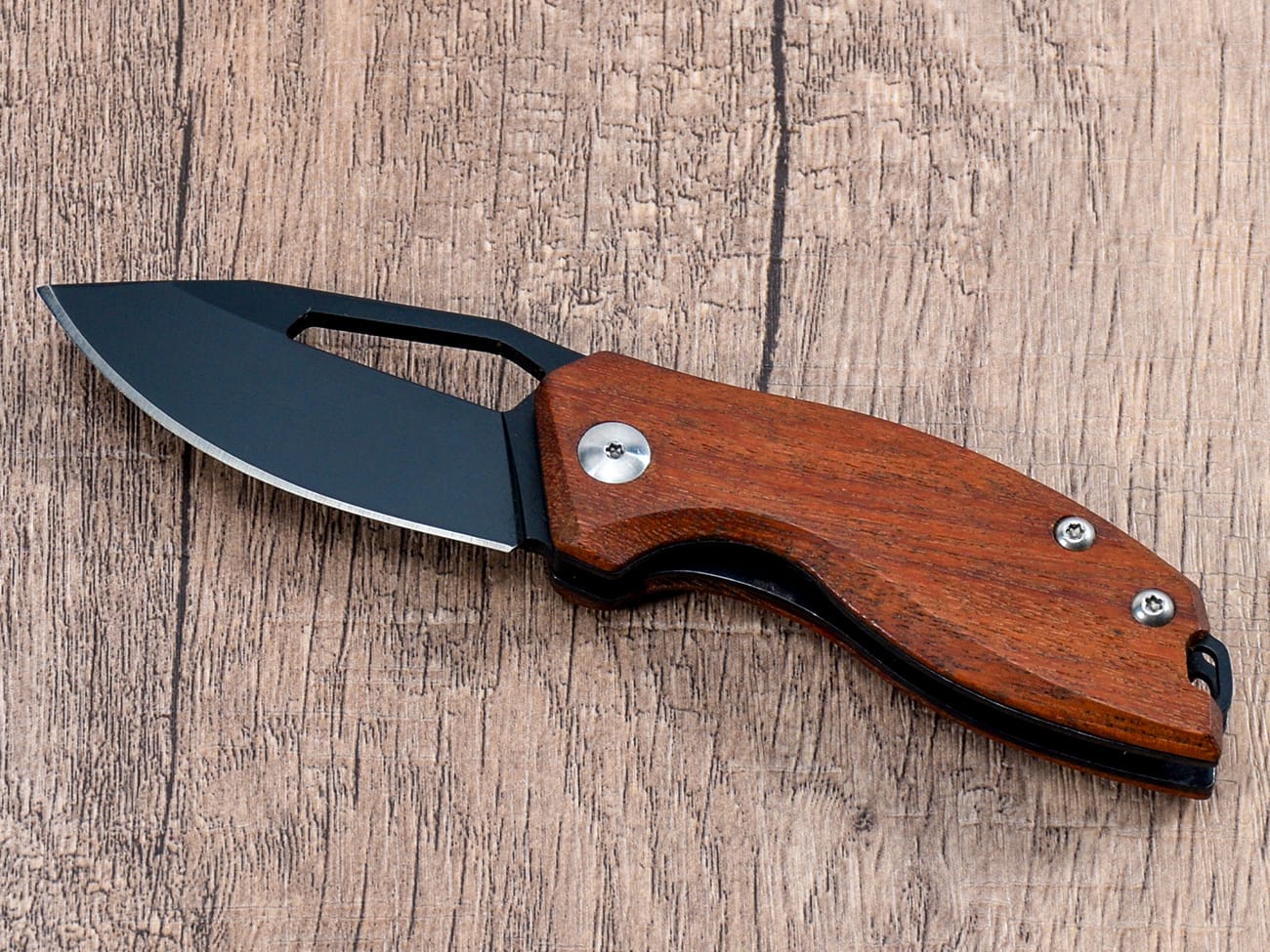Are you looking to understand more about non-locking pocket knives? These traditional folding knives have been trusted companions for generations, offering simplicity, legality, and practicality. In this comprehensive guide, we’ll explore everything you need to know about non-locking pocket knives, from their design and functionality to their advantages and legal considerations.
What Is a Non-Locking Pocket Knife?
A non-locking pocket knife, also known as a slip joint folder, is a type of folding knife that uses spring tension rather than a lock mechanism to keep the blade open. The blade is held in place by a spring bar that provides resistance but allows the blade to close when sufficient pressure is applied. This traditional design has been used for centuries and remains popular today.
How Does a Non-Locking Knife Mechanism Work?
The mechanism of a non-locking knife relies on simple yet effective engineering. When you open the blade, the spring bar creates tension against the tang, keeping the blade steady during use. Unlike EDC knives with locking mechanisms, these folders require mindful use and proper technique to operate safely.

What Are the Benefits of Non-Locking Pocket Knives?
Non-locking pocket knives offer several distinct advantages:
- Legal compliance in many jurisdictions
- Lightweight and compact design
- Simple, reliable mechanism
- Traditional aesthetic appeal
- Easy two-handed operation
- Lower maintenance requirements
Are Non-Locking Knives Legal to Carry?
The legality of non-locking knives varies by location, but they’re generally more widely accepted than locking folding knives. In many regions, particularly in Europe and parts of the United States, non-locking knives with blades under a certain length are legal for everyday carry. However, always check your local knife laws before carrying.
What Types of Non-Locking Knives Are Available?
Several popular styles of non-locking knives include:
- Traditional slip joint folders
- Swiss Army Knives
- Peasant knives
- Friction folders
- Stockman patterns
How Safe Are Non-Locking Pocket Knives?
When used properly, non-locking pocket knives can be very safe. The key safety considerations include:
- Maintaining awareness during use
- Using proper cutting techniques
- Regular maintenance and cleaning
- Understanding the knife’s limitations
- Keeping the blade sharp
What Should You Look for When Buying a Non-Locking Knife?
Consider these factors when selecting a non-locking knife:
- Spring Tension: Should be firm but not too stiff
- Blade Material: Quality steel for edge retention
- Handle Materials: Comfortable and durable
- Size: Appropriate for intended use
- Build Quality: Smooth operation and good fit
How Do You Maintain a Non-Locking Pocket Knife?
Proper maintenance ensures longevity and safe operation:
- Regular cleaning and drying
- Occasional oiling of the pivot
- Checking spring tension
- Keeping the blade sharp
- Inspecting for wear and damage
When Should You Choose a Non-Locking Knife Over a Locking One?
Non-locking knives are ideal when:
- Legal restrictions apply
- Simplicity is preferred
- Traditional styling is desired
- Light-duty tasks are primary
- Two-handed operation is acceptable
Common Uses and Applications for Non-Locking Knives
These versatile tools excel at many tasks:
- Opening packages
- Food preparation
- Light whittling
- Cord cutting
- General utility work
Key Points to Remember:
- Non-locking knives rely on spring tension to stay open
- They’re generally more legally acceptable than locking knives
- Proper technique is essential for safe use
- Regular maintenance ensures reliable operation
- Always check local laws before carrying
- Choose the right size and style for your needs
By understanding these aspects of non-locking pocket knives, you can make an informed decision about whether this traditional design is right for your needs. Remember that while they may require more attention during use than modern locking knives, their simplicity, legality, and reliability have made them enduring tools for generations of users.




